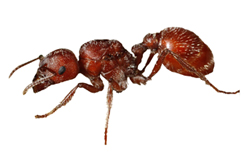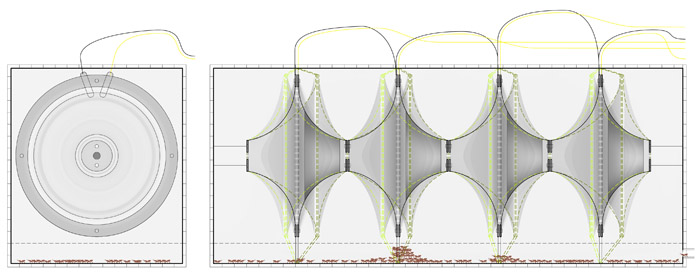
Ant image: Alexander Wild
There is an interesting phenomenon in the nature. Certain species of ants are attracted to the electric fields created by the high voltage devices. They tend to build nests close to the high voltage switch boxes, invade the electrical equipment, short out electronic gadgets, cut through the metal wires. No one really knows why. Research studies have been done on this phenomenon. Some claim this happens because particular species of ants are capable of detecting electromagnetic fields and may even use the Earth’s magnetic field as a directional cue as they search for food and nest locations. Their attraction to the man-made electrical devices may be an accidental evolutionary byproduct of this natural ability.
Their behavior is still incomprehensible to us. We perceive them as a threat which would invade our homes, build the nests in our electrical devices and cause a damage. My idea is quite the opposite. What if these ants were the users to design for? What kind of habitats whey would like to inhabit? Would I be able to design an environment in which they would enjoy their attraction to the electrical fields without causing any damage and harming one another? I think of an object which would contain this micro environment, providing food, nest and also an object which could create the electrical field in which they could interact. An object which could also form a sensory communication with the ant colony, could react to they presence and based on that it could provide the amount of electricity. Read More »








